TALKING POINTS
Quick facts on grizzly bears and why they must remain protected.
HIGH-LEVEL TALKING POINTS
Support the decision to keep grizzly bears listed as ‘threatened’ in the Northern Rockies and Washington, rejecting the petitions from Montana and Wyoming to remove their current protections.
Express your appreciation for the agency’s focus on connectivity outside of recovery zones and the emphasis on natural connectivity between populations for long-term recovery.
The USFWS should greatly expand its proposed Distinct Population Segment to include currently suitable and potentially suitable habitats.
Emphatically state that now is not the time to loosen existing protections and urge the agency to drop its proposed 4(d) rule. Explain that even with our current protections, 2024 saw a record number of human-caused grizzly bear deaths.
A grizzly bear hunting season should not be allowed under any circumstances.
The final rule should NOT give any trappers a ‘pass’ for capturing grizzly bears.
All ongoing threats must be mitigated through adequate standards and regulations.
DETAILED TALKING POINTS
Agree that grizzly bears are not recovered and need continued protection under the ESA. Grizzly bears in Idaho, Montana and Wyoming should be protected and managed as one single, unified Northern Rockies population.
Agree that a new Grizzly Bear Recovery Plan must be developed based on the best available scientific information.
Agree there is a need for regulatory frameworks that protects grizzly bear habitat and limits mortality outside the Recovery Areas.
The proposed Distinct Population Segment (DPS) inappropriately rules out natural recolonization and reintroductions of grizzly bears into prime areas of habitat including the Uinta Mountains and northeast Oregon, specifically Hells Canyon, the Blue Mountains and the Greater Wenaha-Tucannon areas.
The DPS rule creates two classes of bears. There is no basis for identifying areas as not important to recovery, including a huge area in Wyoming occupied by grizzly bears. All grizzly bear habitat is important to recovery.
Explain that the Bitterroot Ecosystem is essential to the survival and recovery of grizzly bears in the Northern Rockies, and the proposed rule should encourage natural recolonization of grizzlies to the Bitterroots and central Idaho.
Climate change is a major threat to grizzly bears and their food sources. The proposed rule uses old science and ignores new science to wrongly conclude that climate change is not a threat.
Increasing recreation use and site development in grizzly habitat, like with Holland Lake Lodge, is a major threat to grizzly bears and their access to food sources. Limitations must be developed immediately— new resorts are being planned.
Avian flu is a threat to grizzly bears and must be analyzed; it has killed grizzly bears and is rapidly spreading throughout North America.
The proposed 4(d) rule promotes and rewards intolerance through liberalized killing without attempts at conflict reduction, rather than acceptance and co-existence. Greater reliance on non-lethal methods to conflict reduction are required.
Mining, logging and associated roads and private land development are imminent and ongoing threats to grizzly bears. Subdivisions and roads fragment private lands including grizzly bear habitat.
